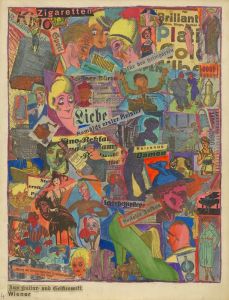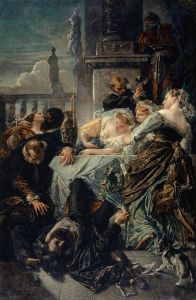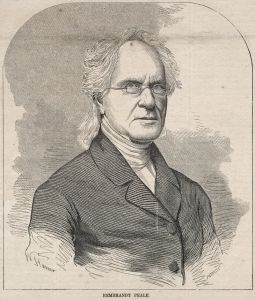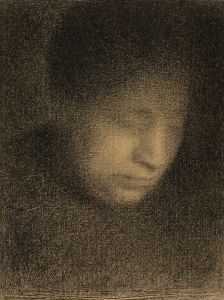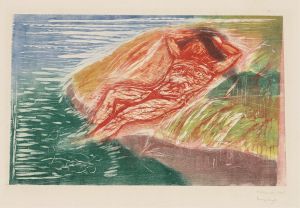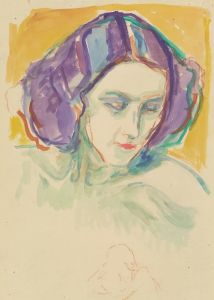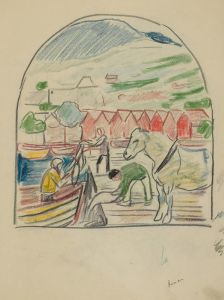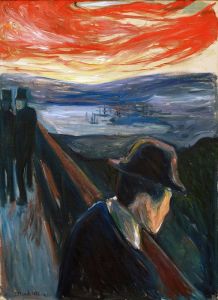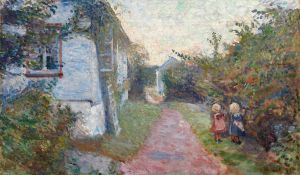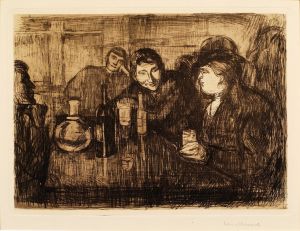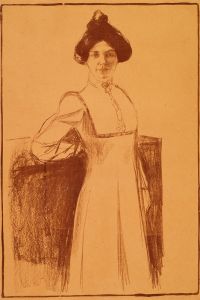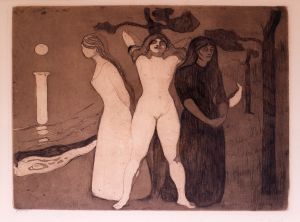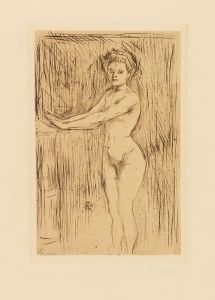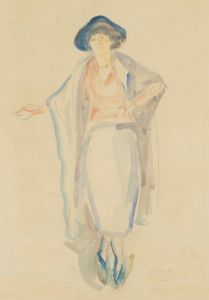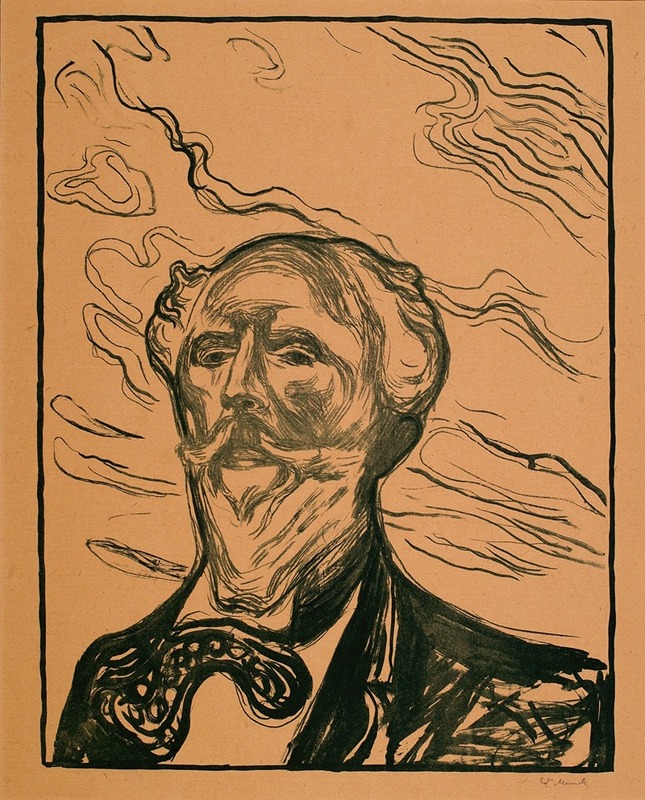
Holger Drachmann
A hand-painted replica of Edvard Munch’s masterpiece Holger Drachmann, meticulously crafted by professional artists to capture the true essence of the original. Each piece is created with museum-quality canvas and rare mineral pigments, carefully painted by experienced artists with delicate brushstrokes and rich, layered colors to perfectly recreate the texture of the original artwork. Unlike machine-printed reproductions, this hand-painted version brings the painting to life, infused with the artist’s emotions and skill in every stroke. Whether for personal collection or home decoration, it instantly elevates the artistic atmosphere of any space.
Edvard Munch, a renowned Norwegian painter, created the portrait "Holger Drachmann" in 1898. This artwork is a significant piece within Munch's oeuvre, reflecting his ability to capture the essence of his subjects with psychological depth and emotional intensity. The painting portrays Holger Drachmann, a Danish poet, dramatist, and painter, who was a prominent cultural figure in Scandinavia during the late 19th century.
Munch's portrait of Drachmann is notable for its expressive style, which is characteristic of Munch's broader body of work. The painting is executed with bold brushstrokes and a vivid color palette, elements that Munch often employed to convey the inner life and emotional state of his subjects. In this portrait, Munch captures Drachmann with a contemplative expression, suggesting a depth of thought and introspection. The background is relatively simple, which serves to focus the viewer's attention on Drachmann's face and expression.
Holger Drachmann was an influential figure in the Scandinavian literary and artistic scene, known for his contributions to the Modern Breakthrough, a movement that sought to challenge traditional norms and embrace new ideas in art and literature. Drachmann's works often explored themes of nature, love, and existential reflection, and he was a key figure in the cultural exchanges between Denmark and Norway during this period. His friendship with Munch is indicative of the interconnectedness of artists and intellectuals in Scandinavia at the time.
The portrait is part of Munch's series of paintings that depict notable contemporaries, showcasing his interest in capturing the personalities and spirits of influential figures of his time. Munch's approach to portraiture was innovative, as he moved away from the realistic depictions that were prevalent in the 19th century, instead opting for a more subjective and expressive style. This approach allowed him to delve into the psychological dimensions of his subjects, offering viewers a glimpse into their inner worlds.
Munch's work, including the portrait of Holger Drachmann, has been influential in the development of modern art. His exploration of themes such as anxiety, love, and death, combined with his distinctive style, has left a lasting impact on artists and movements that followed. The portrait of Drachmann is a testament to Munch's skill in capturing the complexity of human emotion and his ability to convey the essence of his subjects through his unique artistic vision.
Today, Edvard Munch is celebrated as one of the pioneers of Expressionism, and his works continue to be studied and admired for their emotional depth and innovative techniques. The portrait of Holger Drachmann remains an important piece within Munch's body of work, exemplifying his mastery of portraiture and his ability to engage with the cultural figures of his time.





